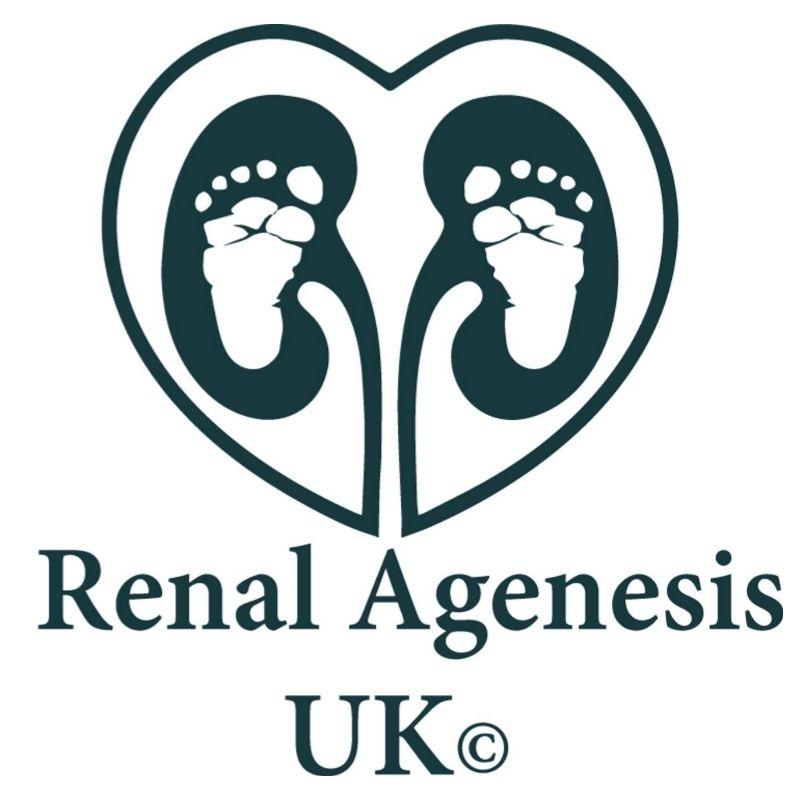Rosie’s Story
I had my 20-week scan on a Friday. My husband and I were expecting everything to be fine. I had started to feel movement, although it didn’t feel like ‘bubbles’ as people had explained to me, and there had been some slight cramping. My midwife assured me it was all normal. At the scan, the sonographer immediately turned the screen to us to show us the heart beating but then quickly moved the screen back towards her so we couldn’t see anymore and she became quiet. I knew something was wrong. After a while, she asked me if I had experienced any leaking. I replied that I hadn’t, and she went on to explain that there was very little fluid and she was struggling to see anything on the scan.
We were sent to see a consultant who explained the lack of amniotic fluid could mean one of two things: that my waters had broken or there was a problem with the baby’s organs, specifically the kidneys. We were referred to Foetal Medicine.
Foetal Medicine
The following Tuesday we went for our appointment at Foetal Medicine. I had spent the whole weekend researching and we were very realistic about the most likely outcome. I knew what to expect if we got the worst news and we had already made the decision to terminate the pregnancy if that was the case. Our appointment at Foetal Medicine confirmed our worst fears. Not only was our baby diagnosed with Bilateral Renal Agenesis and Potters Syndrome, but she also had a sizeable hole in her heart.
Bilateral Renal Agenesis
Whenever I talk about my TFMR, I always feel the need to explain our decision. The condition my daughter had is called Bilateral Renal Agenesis and affects 1 in 5000 pregnancies. It is a condition termed ‘incompatible with life.’ It meant my daughter’s kidneys never developed and as a result, there was no amniotic fluid. In the first trimester, the mother produces amniotic fluid. After this, babies make their own. They swallow the fluid to develop their lungs and create more from urine. Because my girl couldn’t do this, her lungs didn’t develop properly. She would never be able to breathe. Babies who are born alive with this condition suffocate to death. We did not want this for our daughter. Although she was born alive, at 21 weeks and 3 days, she had no consciousness and passed peacefully and unaware in her mother’s arms.
I was given a tablet, which was put into my hand. I had to take this tablet to end my pregnancy hormones. I instantly started shaking and tried to hold back the tears. The nurse put the drink in my other hand, and I took the tablet. I remember pausing, holding the tablet in my mouth, trying to prolong the inevitable. As soon as it was swallowed, I broke down. That night, and the next day, I could still feel my baby moving. Two days later I went into hospital to have my baby. I was induced into labour and gave birth to my daughter at 16:45 on 1st July 2021. She died shortly after.
We waited four months for the postmortem results, which fell on my due date, and were offered further genetic testing which we accepted. All test results came back normal, and we were told it was unlikely we would lose another baby to Bilateral Renal Agenesis. At the time of writing this, I have lost three more babies which I miscarried in the first trimester. I fought hard for further testing and was eventually referred to a fertility clinic. All test results have been normal and with each loss, I have been told the chances of my next pregnancy being successful are high. Although at this point, I cannot believe those statistics.
My Experiences
My experiences have shown me there is very little support for women who suffer multiple losses and I aim to raise awareness of baby loss and Bilateral Renal Agenesis to help drive research that in the future, could help women like me.
Bilateral Renal Agenesis occurs in 0.02% of pregnancies. Miscarriage occurs in 25% of pregnancies.
The chance of recurrent miscarriage is 1%.

